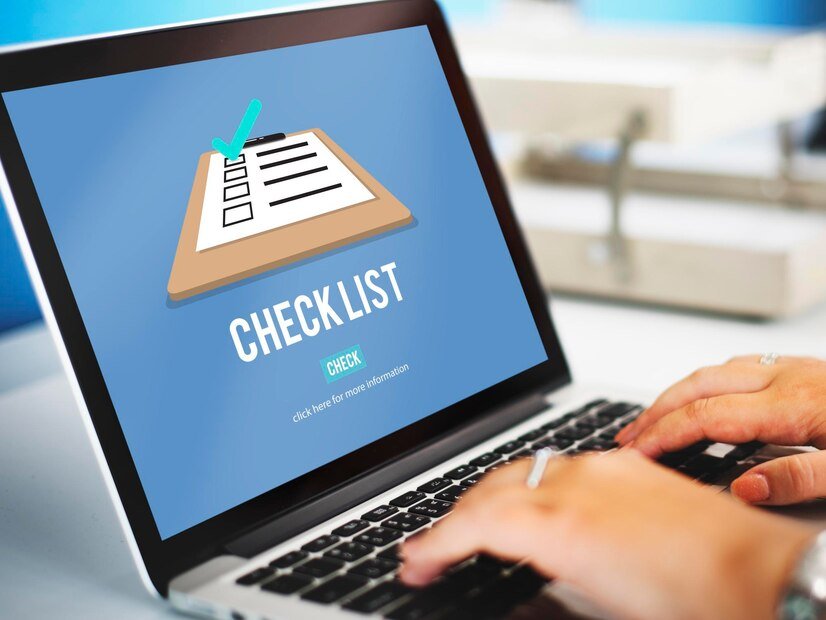
Each WordPress update introduces security enhancements like bug fixes and
additional features. Employing the latest software version minimizes the likelihood of security breaches on your website.
Just like the fundamental software, WordPress themes and plugins undergo updates to address any security flaws. Make sure to promptly update them when a new version becomes accessible.
Select themes from the official WordPress repository or trusted developers, and avoid using nulled themes due to potential security vulnerabilities.
Using a robust password and an exclusive username enhances the difficulty of guessing your login information and safeguards you against brute force attacks.
Introduce an additional security measure into the login procedure, requiring users to enter a distinctive code sent via text message or generated by an authentication app to finalize their login.
A mitigation measure designed to aid in the recovery of website data in the event of an incident, cyberattack, or data center disruption.
Arrange routine scans to proactively thwart malware-induced damage, and swiftly eliminate any detected threats.
Mitigate backdoor attacks stemming from outdated and unused plugins and themes.
Create a robust data transfer protocol to safeguard the information shared between your website and its users.
Secure your login and admin page against access by unauthorized IP addresses.
Utilize a security plugin to restrict login access from an IP address following a designated threshold of unsuccessful login attempts.
Having a distinct URL increases the difficulty for attackers to access the page.
Frequently, users neglect to log out of their websites, leaving their sessions active. Employ a security plugin to deter unauthorized access to the admin page when utilizing the same device.
Disclosing your WordPress version can aid attackers in exploiting vulnerabilities, particularly when using an outdated version.
Identify any uncommon actions or alterations that could jeopardize the website’s integrity. This precautionary measure is vital, especially when multiple users are logging into the WordPress admin.
The PHP error report reveals vulnerabilities and provides additional information about your website’s backend that could be exploited by unauthorized users.
The hosting provider must guarantee the safety of all website data and files stored on their server. Choose a provider renowned for its outstanding security features, including regular updates and monitoring.
The built-in file editor in WordPress can be vulnerable to exploitation by unauthorized parties, potentially granting them access to your site. To safeguard against this, you can disable the feature by adding a straightforward line of code to the wp-config.php file:
define( ‘DISALLOW_FILE_EDIT’, true );
Use the .htaccess file to configure permissions to execute PHP in specific folders and protect the wp-config.php file
To Prevent SQL injection attacks, substitute the default wp_ database prefix.
Attackers can take advantage of vulnerabilities in this feature through brute force and DDoS attacks.
Websites that directly link to your content without hosting it themselves can consume your server resources, potentially causing your website to slow down.
Utilize either an FTP client or the file manager provided by your web hosting service to assess the permissions granting users the ability to read, write, and execute actions on your core WordPress files and directories.
Bonus Tips
- Create a strong password for WordPress login by using more than 12 characters or generating it
using a password generator. - Avoid generic usernames like admin or administrator.
- Install a comprehensive security plugin such as Wordfence. It should offer features like two-factor authentication, login attempts limit, and malware scan.
- Use Patchstack to detect vulnerabilities in your themes and plugins.
- Store your website backup data in multiple locations, such as a local computer, USB flash drive,
and cloud storage.








